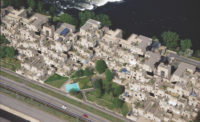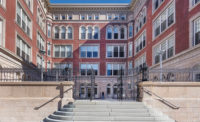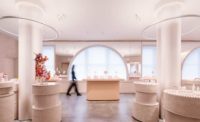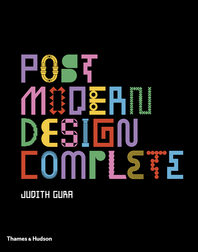Crew Offices & Café in Old Montreal by Henri Cleinge
Montreal, Quebec, Canada
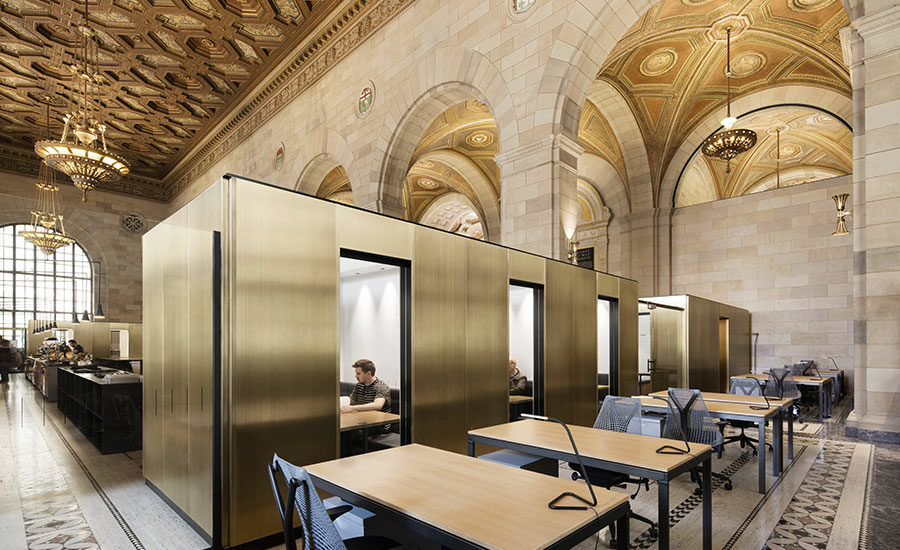
The architect accommodated a complex program by inserting private, semiprivate, and public zones into the yawning first floor of a neoclassical building, once home to the Royal Bank of Canada. VIP booths, seen here, clad in brass-plated steel offer secluded workspaces for freelancers.
Photo © Adrien Williams
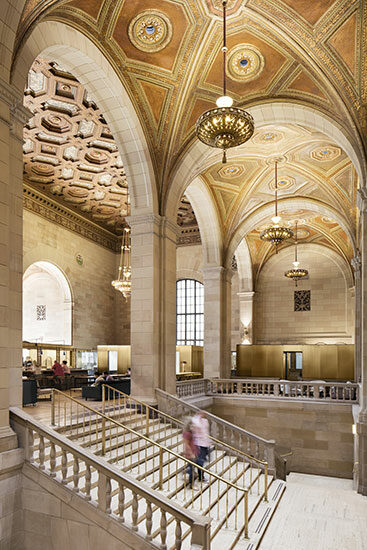
Photo © Adrien Williams
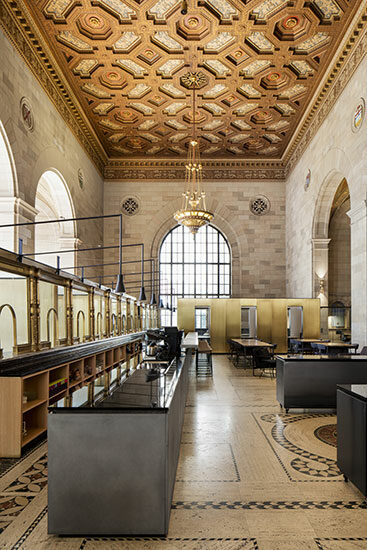
The interior’s original brass teller stands serve as a barrier between the public café and private offices.
Photo © Adrien Williams
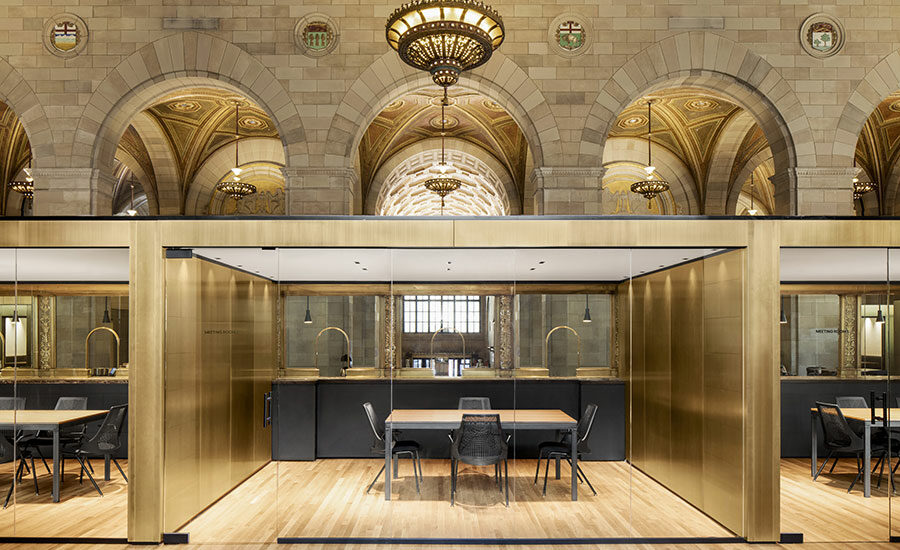
Through the use of glazing and brass-plated steel, conference rooms are visually permeable while being acoustically private.
Photo © Adrien Williams
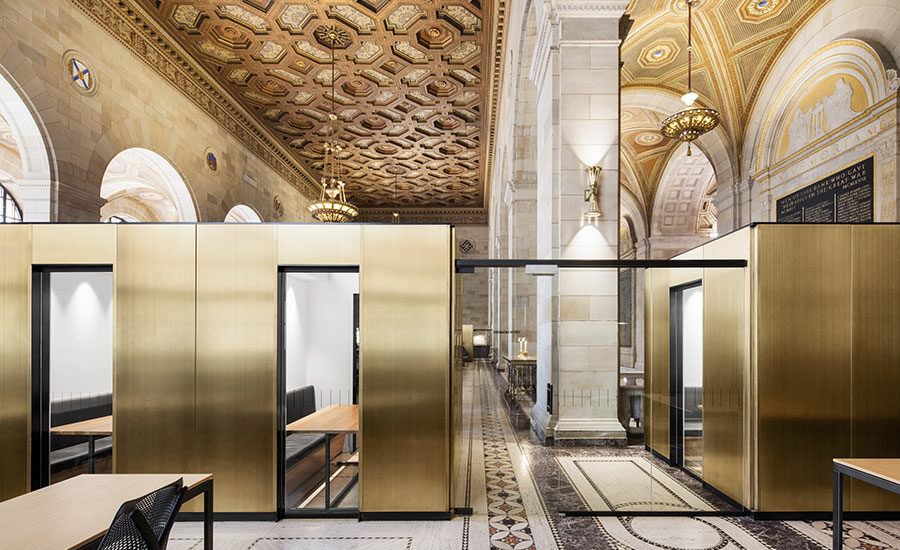
Photo © Adrien Williams





Architects & Firms
A former bank in a 1928 neoclassical skyscraper in Old Montreal has found new life as a collective office and café for the young tech company Crew. Architect Henri Cleinge has created an elegant workplace through the skillful integration of the original architectural elements with a rich new material palette, adding contemporary flair to a historic space.
Crew wanted a casual, flexible environment with a variety of work spaces, both private and public. Cleinge, whose work embraces simple forms and the use of raw materials, designed a layered space that comprises a public café, conference rooms and desks for the Crew team, and rentable “V.I.P.” desks and “quiet bunks” for freelancers.
One challenge was to create distinct areas that would also encourage interaction among all users. To accomplish this, the architect placed glazed conference rooms behind existing teller booths, using these historic cubicles as transparent buffer zones between the café and Crew’s private work area. The “quiet bunks” lining the café on two sides, offering seclusion for up to four people, also separate the V.I.P. desks on the perimeter from the space open to the general public at the center.
The design team carefully selected materials and finishes to inject a modern yet subdued feel into the 12,000-square-foot café and offices. “The question was, what materials could we bring in that would have a dialogue with the historic architecture? We didn’t want to do anything phony—we wanted it to blend in,” says the architect. Echoing brass elements from the ornate suspended light fixtures and teller stands, Cleinge opted for the use of brass-plated steel throughout, most prominently to clad the conference rooms and work booths. The architect installed a white oak floor in the sequestered zone behind the former teller stands, a choice that complements the golden tinge of the original materials while providing noise control. To balance the lighting, the design team replaced incandescent bulbs with warm LEDs in chandeliers, and installed custom fixtures over the café, and small, discreet downlights in conference rooms and bunks.
The resulting intervention, which Cleinge likens to “a temporary installation,” nods to the past while embracing tenets of 21st-century work life: community, collaboration, and creativity.
PeopleArchitect: Henri Cleinge
Personnel in architect's firm who should receive special credit: Henri Cleinge, architect
Engineers: Pageau Morel et associés inc. (mechanical and electrical)
Consultants Checknorm, Code Consultant
General contractor: Gestion George Coulombe
Photographer: Adrien Williams 514-802-5759 | info@adrienwilliams.com
|
ProductsGlazing Interior Glazing System: Dorma hardware; Cr Laurence hardware Hardware Locksets: GBI -glass door lockset Closers: Canaropa- for glass doors Pulls: CR Laurence- for glass doors Security devices: Protelcom: electromagnetic hardware subcontractor for glass doors Interior Finishes Cabinetwork and custom woodwork: Kastella-Custom café counter and retail furniture Custom built-in furniture for kichen Paints and stains: Benjamin Moore Wall coverings: CGC-gypsum board Paneling: Custom brass plated steel as supplied and installed by Linea P Plastic laminate: Formica Resilient flooring: wood flooring in white oak Furnishings Chairs: Herman Miller- seating Tables: De Gaspé- custom tables for café, conference rooms, and desks Upholstery: Linea P Lighting Interior ambient lighting: Sistemalux-Interior LED lighting Downlights: Sistemalux-Interior LED lighting Dimming system or other lighting controls: Lew Electric-specialty outlets: Plumbing Franke: café sinks Other Products Coffee equipment: La Marzocco,-Espresso maker; |


